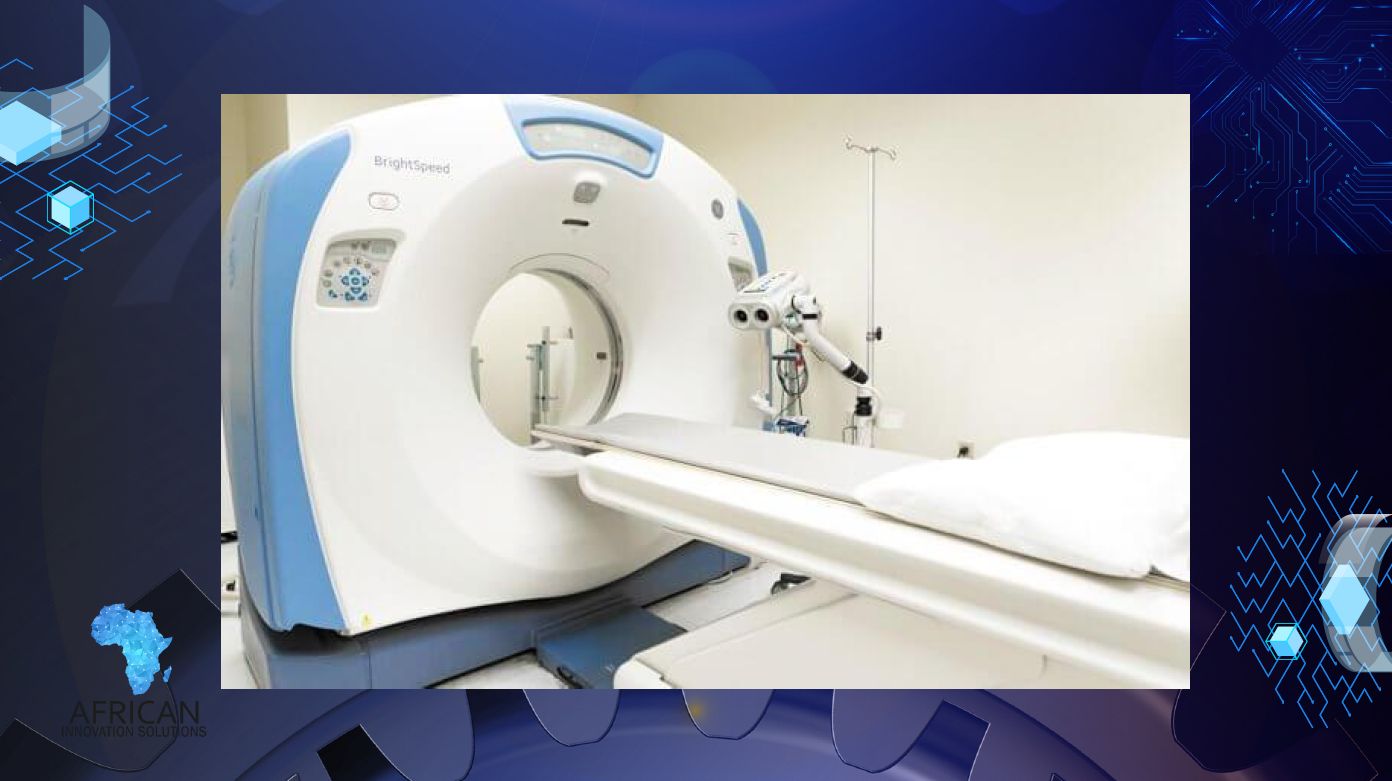Unveiling the Pioneering Minds and Global Impact of a South African Invention
In the realm of medical technology, few innovations have revolutionized diagnostic imaging as profoundly as the Computerized Tomography (CT) scan, commonly known as the CAT scan. While the impact of this invention is felt worldwide, it may come as a surprise to many that the roots of this groundbreaking technology trace back to South Africa.
Invention and Evolution:
The CAT scan, introduced in the early 1970s, was a game-changer in the field of medical imaging. Its creation marked a significant leap forward in the ability to visualize internal structures of the human body with unprecedented detail and precision. Driven by the need for more accurate diagnostic tools, the CAT scan quickly gained recognition for its non-invasive nature and its ability to capture detailed cross-sectional images.
The South African Connection:
Contrary to popular belief, the CAT scan was not born in the laboratories of a Western scientific powerhouse but emerged from the innovative mind of South African physicist Allan Cormack. Alongside British engineer Sir Godfrey Hounsfield, Cormack was awarded the Nobel Prize in Physiology or Medicine in 1979 for their pioneering work in developing the CT scan.
The Breakthrough:
Cormack’s groundbreaking mathematical insights and Hounsfield’s engineering expertise culminated in the development of the CT scanner, a device capable of combining X-ray data from multiple angles to produce detailed, three-dimensional images. This breakthrough had an immediate and profound impact on medical diagnosis, allowing physicians to visualize internal structures without invasive procedures.
Global Adoption:
From its humble origins in South Africa, the CAT scan quickly transcended borders and became a staple in hospitals and clinics worldwide. Its widespread adoption transformed the landscape of medical diagnostics, enabling healthcare professionals to detect and diagnose conditions ranging from neurological disorders to cancer with unparalleled accuracy.
Versatility in Diagnosis:
The versatility of the CAT scan is a testament to its enduring significance. Beyond its initial use in neuroimaging, CT scans are now employed to investigate conditions in various parts of the body, including the chest, abdomen, and musculoskeletal system. The technology’s ability to capture detailed images in a non-invasive manner has become indispensable in guiding medical interventions and surgeries.
Ongoing Advancements:
Decades after its inception, the CAT scan continues to evolve. Technological advancements have led to innovations such as multi-slice CT scanners, enhancing speed and accuracy in imaging. These developments underscore the enduring commitment of scientists and engineers worldwide to refining and improving this transformative medical technology.
Conclusion:
As we marvel at the wonders of modern medical diagnostics, it is essential to acknowledge the origins of groundbreaking technologies such as the CAT scan. South Africa’s contribution to the world of medical imaging stands as a testament to the power of innovation, transcending geographical boundaries to impact lives globally. The next time you encounter the familiar hum of a CT scanner, remember the pioneering minds behind its creation and the South African legacy that continues to shape the landscape of healthcare worldwide.





